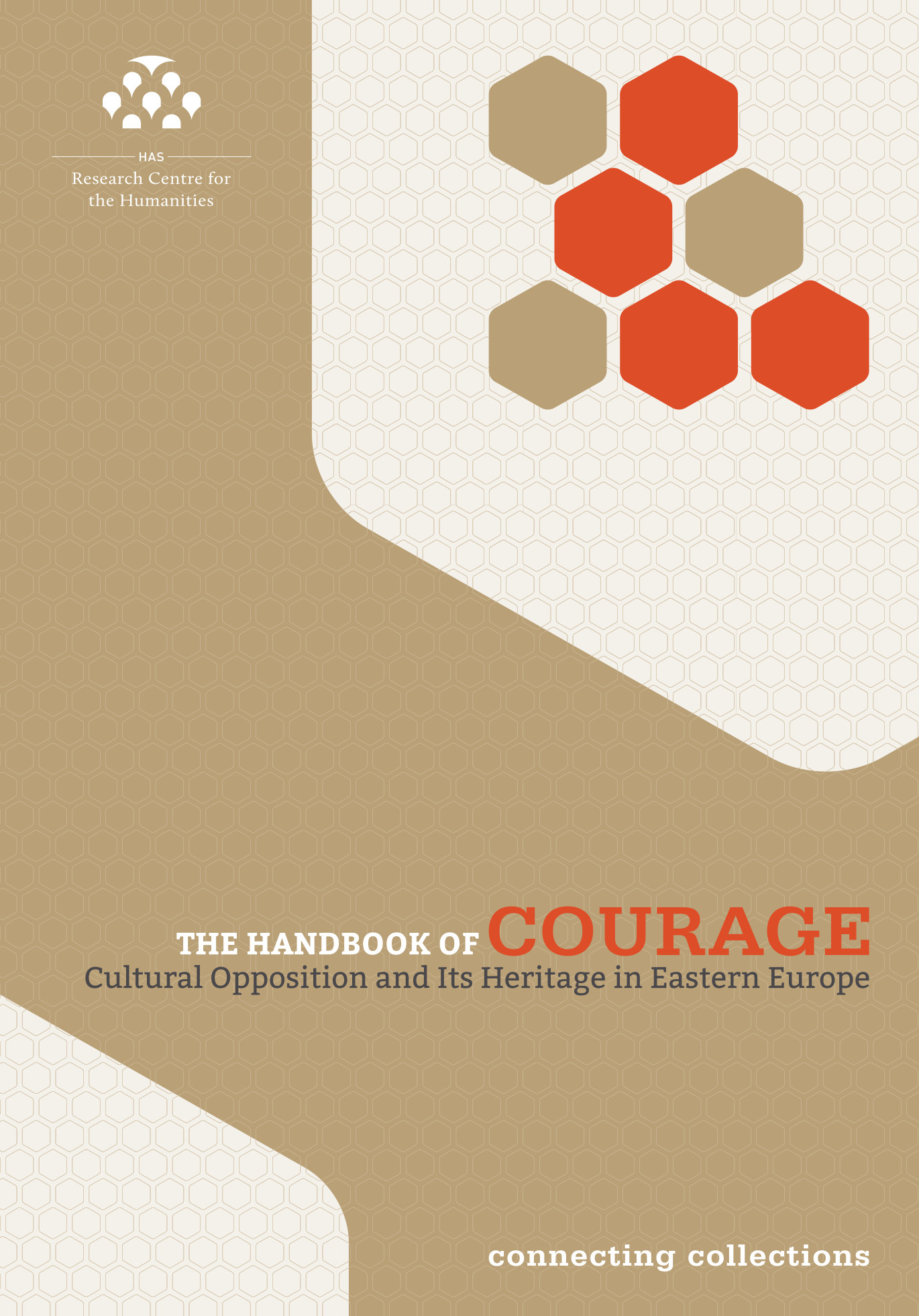Artists & Agents: Performance Art and Secret Services (2019)
Filed under catalogue | Tags: · archive, art history, central europe, dissent, eastern europe, intelligence agency, performance art

“Artists & Agents puts the spotlight on a neglected aspect of performance art from the 1960s to the 1990s: the interaction between secret services and performance art – an art form which the secret service agencies of communist Eastern European countries considered especially dangerous. Eastern Europe is one of the few places where archival records have been made public, and they reveal how these agencies acted to “undermine” and “eliminate” dissident artists. To achieve this objective, however, the agents themselves sometimes had to become “performance artists.”
Building on in-depth research into the archival records of secret services in Hungary, Poland, the Czech Republic, Romania, and Germany, this publication shines a light on the files which the secret services of these countries kept about such artists. It showcases instances of artistic subversion and agent infiltration, some of which have not been disclosed before, while more recent works demonstrate that the issue of ramping up intelligence gathering operations in politics and everyday life is highly topical. This catalogue includes an introduction, a glossary explaining secret service terminology, entries on the relevant works of art, and background information on all of the files presented.”
Edited by Inke Arns, Kata Krasznahorkai, Sylvia Sasse, and HMKV (Hartware MedienKunstverein)
Publisher Kettler, Dortmund, 2019
Open access
ISBN 9783862068395, 3862068390
224 pages
Interview with curators: Map (2021, DE).
Exh. review: Georg Imdahl (FAZ, 2019, DE).
The Handbook of Courage: Cultural Opposition and its Heritage in Eastern Europe (2018)
Filed under book | Tags: · activism, censorship, central europe, culture, dissent, east-central europe, eastern europe, politics, protest, southeastern europe, surveillance, underground

“The Courage Handbook ushers its reader into the world of the compellingly rich heritage of cultural opposition in Eastern Europe. It is intended primarily to further a subtle understanding of the complex and multifaceted nature of cultural opposition and its legacy from the perspective of the various collections held in public institutions or by private individuals across the region.
Through its focus on material heritage, the handbook provides new perspectives on the history of dissent and cultural non-conformism in the former socialist countries of Central, Eastern, and South-eastern Europe.
The volume is comprised of contributions by over 60 authors from a range of different academic and national backgrounds who share their insights into the topic. It offers focused discussions from comparative and transnational perspectives of the key themes and prevailing forms of opposition in the region, including non-conformist art, youth sub-cultures, intellectual dissent, religious groups, underground rock, avantgarde theater, exile, traditionalism, ethnic revivalism, censorship, and surveillance.”
Edited by Balázs Apor, Péter Apor and Sándor Horváth
Publisher Institute of History, Research Centre for the Humanities, Hungarian Academy of Sciences, Budapest, 2018
ISBN 9789634161424, 9634161421
634 pages
Project website
Publisher
WorldCat
William Andrews: Dissenting Japan: A History of Japanese Radicalism and Counterculture, from 1945 to Fukushima (2016)
Filed under book | Tags: · art history, counterculture, cultural history, dissent, japan, politics, protest, radicalism, social movements

“Following the March 2011 Tsunami and Fukushima nuclear crisis, the media remarked with surprise on how thousands of demonstrators had flocked to the streets of Tokyo. But mass protest movements are nothing new in Japan. The post-war period experienced years of unrest and violence on both sides of the political spectrum: from demos to riots, strikes, campus occupations, factional infighting, assassinations and even international terrorism.
This is the first comprehensive history in English of political radicalism and counterculture in Japan, as well as of the artistic developments during this turbulent time. It chronicles the major events and movements from 1945 to the new flowering of protests and civil dissent in the wake of Fukushima. Introducing readers to often ignored aspects of Japanese society, it explores the fascinating ideologies and personalities on the Right and the Left, including the student movement, militant groups and communes. While some elements parallel developments in Europe and America, much of Japan’s radical recent past (and present) is unique and offers valuable lessons for understanding the context to the new waves of anti-government protests the nation is currently witnessing.”
Publisher Hurst, London, 2016
ISBN 9781849045797, 1849045798
xxv+356 pages
Reviews: Carl Cassegård (Journal of Japanese Studies, 2018), Winifred Bird (Kyoto Journal, 2018), Sean Ledwith (Counterfire, 2017), Don O’Keefe (Japan Times, 2016).
Book website
Publisher
WorldCat
PDF (3 MB)
Comment (0)
